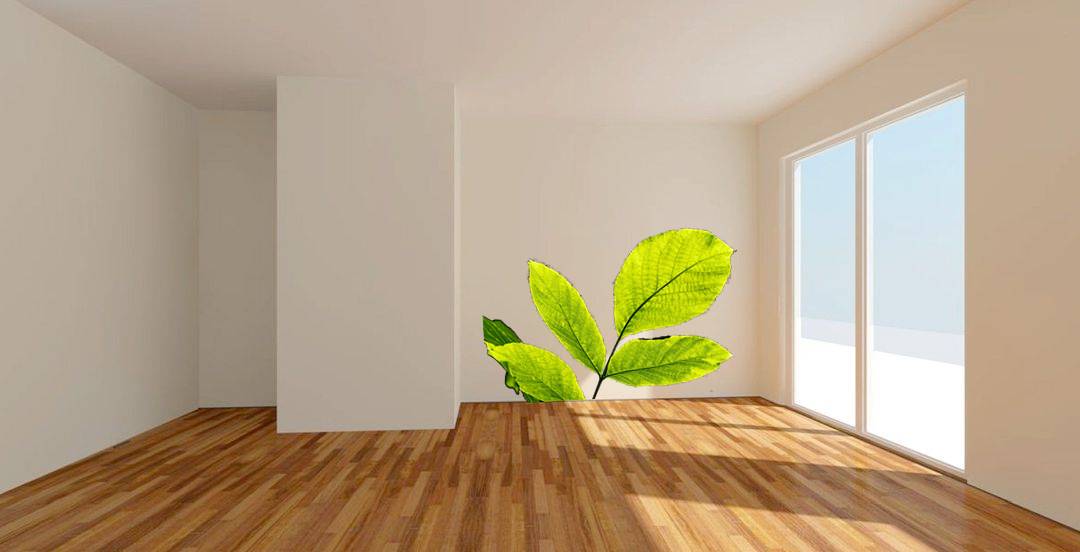Ceiling fans in new multi-family housing: how do they fit in with environmental labels?
At the heart of people’s lives, the construction industry is keen to promote the most exemplary projects. In the 1990s, labels for energy performance (BBC Effinergie, Passivhaus, Energiespong), low-carbon performance (Biosourcé, BBCA), biodiversity (Lucie, Biodivercity)… and environmental performance were introduced.
We’re going to take a closer look at the latter, first by giving a brief introduction, then by focusing on the labels most commonly used in multi-family housing.
We’ll then take a look at the labels most commonly used in new multi-family housing, and the role played by air curtains.
What are the objectives of environmental labels?
These are designed to take a holistic view of the building. While keeping energy consumption in focus, they integrate complementary aspects that are much appreciated by building owners and occupants alike.
For example, they deal with safety and security, indoor air quality, water quality and consumption, hygrothermal comfort, acoustics, site and worksite aspects, waste, summer comfort, biodiversity, carbon impact, quality of building materials and thermal systems, overall cost…
There are two approaches: labels with certification procedures, and those associated with evaluation systems.
In the first case, strict compliance with a certain number of criteria is required, subject to a certification audit by a body accredited by COFRAC[1].
Dans le second cas, les labels sont attribués, également sur la base de critères objectifs, mais appréciés au final par des commissions disposant d’une marge d’appréciation.
In all cases, standards are used to objectivize the label framework.
[1] COFRAC, Comité Français d’Accréditation, national body designated and recognized by the French government to issue accreditations.
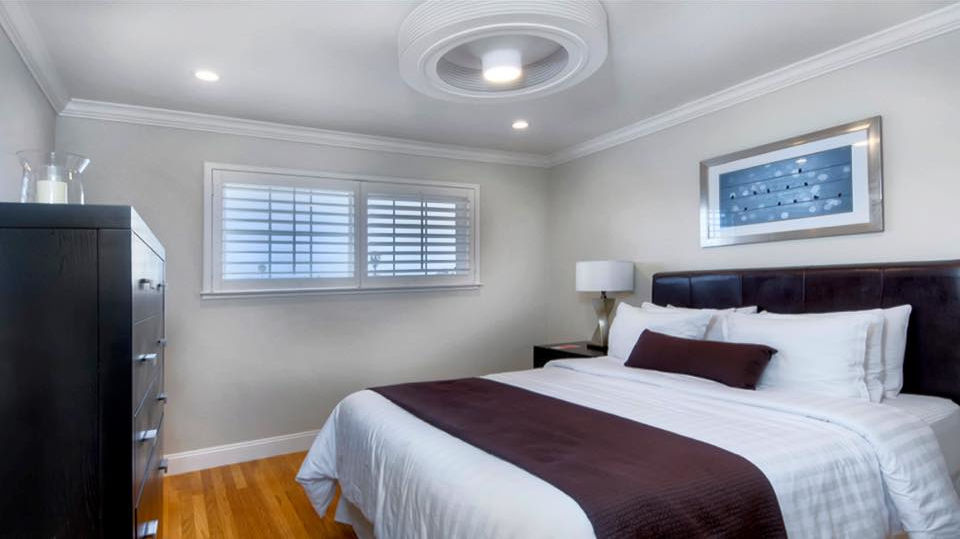
Labels associated with certification
NF Habitat HQE et NF Habitat
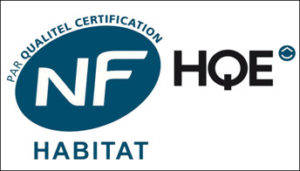
Initiated in 1996 by the HQE Association, the HQE (for High Environmental Quality) approach aims to control the environmental impact of building construction.
In 2006, the HQE approach was the subject of NF certification for housing, under the aegis of AFNOR certification. This marked the birth of the NF HQE Logement label.
This certification is now issued by CERQUAL, a subsidiary of Qualitel, and is called NF Habitat HQE.
NF Habitat is a slightly less demanding version of NF Habitat HQE.
The framework is a common one: the aim is to create an interior that is environmentally friendly, saves money, is pleasant to live in, healthy, safe, bright, calm and comfortable in temperature, with the work carried out by a recognized professional.
The HQE version adds further benefits: natural light, noise reduction, heat resistance, functionality of spaces, environmentally-friendly building site, respect for biodiversity, more controlled energy consumption…
NF Habitat HQE replaces previous certifications such as Qualitel, Habitat & Environnement and NF Logement HQE.
Last but not least, both reference systems are available in operating versions: full ownership or co-ownership.
Promotelec Habitat Neuf (New Housing)
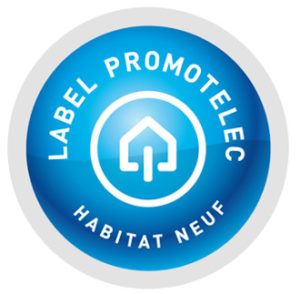
Promotelec was founded in 1962 under the French law of 1901 to promote energy efficiency, electrical safety and comfort in buildings.
The Promotelec Habitat Neuf (New Housing) label was registered as a brand in 2014. Its main objectives are centered on interior living comfort, health, adaptation to occupants, energy efficiency, limiting CO2 emissions, and the appropriation of installed equipment by residents.
It comprises two options: “environmentally-friendly housing” (the environmental label proper), and “housing adapted to each individual” (safety, adaptability, living environment).
For the most efficient projects, a silver or gold level is awarded, depending on the number of points obtained on the evaluation criteria.
Certification is provided by Promotelec Services, a subsidiary of the association.
BEE Logement Neuf (New Housing)
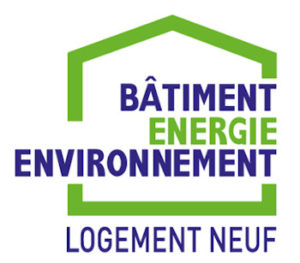
Created on the initiative of Prestaterre, the Bâtiment Energie Environnement (BEE) Logement Neuf (New Housing) brand aims to reduce the carbon impact of buildings, as well as waste production; achieve a high level of energy performance; offer housing adapted to its occupants in terms of health, comfort and well-being; facilitate virtuous practices (soft mobility, biodiversity, collaborative consumption, waste recovery, etc.).
In addition, it includes various indications:
- Bâtiment Performance Énergétique (energy performance building) ;
- Bâtiment Performance Energétique et Carbone (energy-carbon building) ;
- Bâtiment Énergie Environnement + (BEE+). The “BEE+” label enables the building to meet the environmental criteria required to obtain an additional 5-year exemption from the Taxe Foncière sur les Propriétés Bâties (TFPB) for social rental housing. This exemption is definie in I bis of article 1384 A of the French General Tax Code. To obtain the “BEE+” label, it is mandatory to validate at least 4 of the 5 environmental criteria defined in article 310-0H of the French General Tax Code, appendix 2;
- Habitat Qualité (a slightly less ambitious version of BEE+);
- Cost evaluation (cost savings).
A number of other labels are also available, including energy, low-carbon and biodiversity.
Certification is provided by Prestaterre certifications.
BREEM

Created in 1990, the Building Research Establishment Environmental Assessment Method (BREEAM) is the oldest recognized environmental label. British in origin, it has a strong presence in France and abroad for commercial buildings, but less so for housing.
BREEAM assesses projects in both the design and operating (in-use) phases, and assigns levels: compliant, good, very good, excellent and outstanding.
Certification is provided by the Building Research Establishment (BRE), through third-party auditors.
WELL
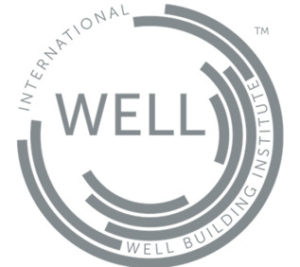
The more recent Well label was developed in 2014 in the USA by the International Well Building Institute (IWBI). It focuses particularly on the health and well-being of occupants.
There are four levels: bronze, silver, gold and platinum.
For the time being, this label remains fairly marginal in France, although it is meeting with some success in high-end office projects.
As with LEED, certification is provided by the Green Building Certification Institute (GBCI), via third-party auditors.
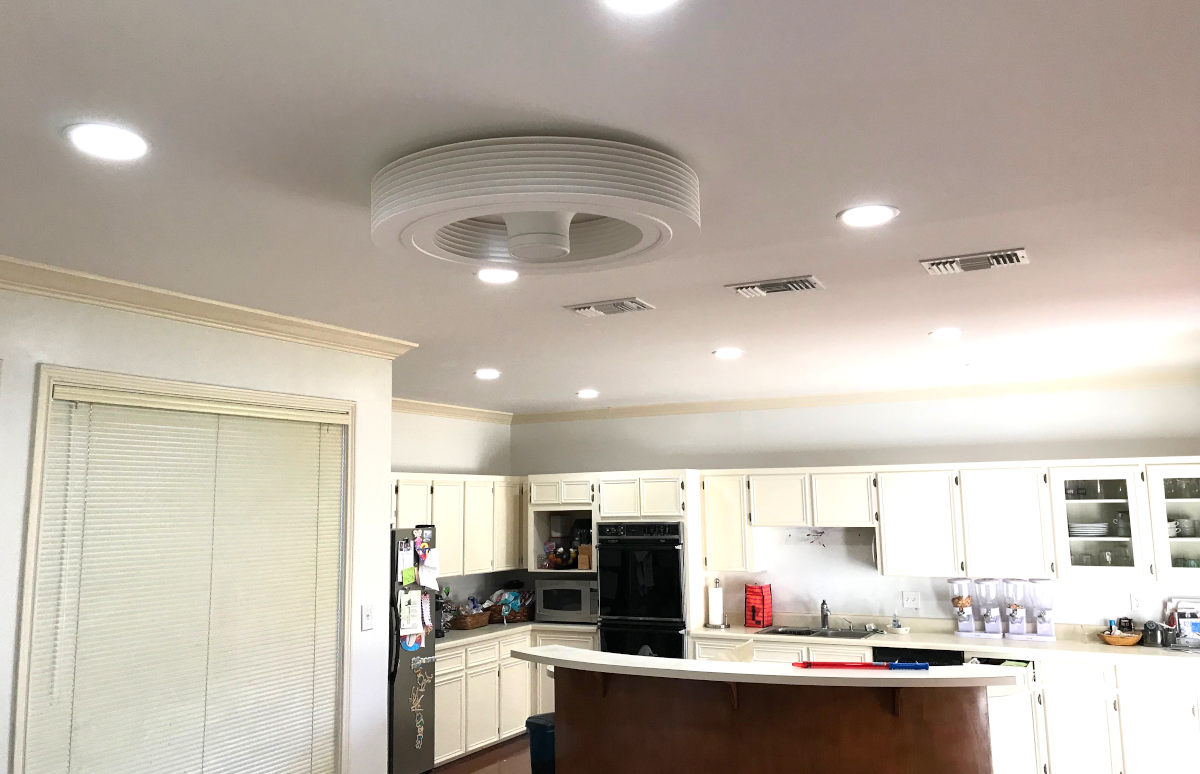
Labels associated with an assessment
Démarches Bâtiments Durables (Sustainable building)
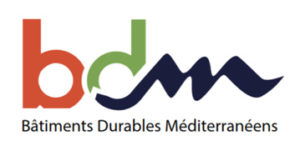
Created in 2008 in the Provence-Alpes-Côte d’Azur region, this environmental quality standard evaluates projects in the design, construction and operation phases.
Assessment is based on a participatory guarantee system involving all players in the building process: project managers, owners and contractors.
There are 4 possible levels in the Bâtiments Durables Méditerranéens (BDM) approach: Cap BDM, bronze, silver and gold.
This approach, Bâtiments Durables Méditerranéens (BDM), has been extended throughout France, and is now present in Occitanie (BDO), Ile de France (BDF), Nouvelle-Aquitaine (BDNA) and Bourgogne-France-Comté. It is also present in Monaco.
Ceiling fans and major labels
A look at the various labels on the French market for new-build multi-unit housing reveals a simple fact: only two labels have any real visibility in new-build multi-unit housing: NF Habitat/HQE and the BD approach.
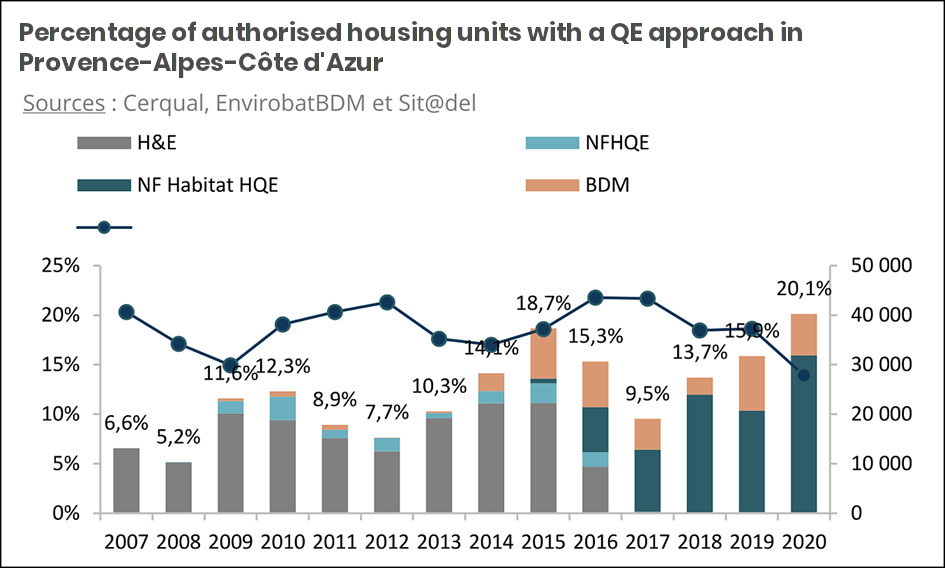
Source : CERC PACA, Annual review of sustainable construction 2020
The table above shows the dominance of the 2 labels cited in the PACA region. In the rest of the country, the NF Habitat/HQE label (in the majority) and labels issued by the Bâtiments Durables collective (challenger) are also used to certify the environmental quality of housing.
NF Habitat HQE et NF Habitat
The air recirculation unit does appear in the standards, and scores 3 points in NF Habitat HQE (p. 113), just like the puits provençal.
The standards provide the following details.
- At a minimum, a ceiling fan is installed in the living room;
- The minimum height between the finished floor and the air blower blades is set at 2.30 m (reduced to 2.20 m if a safety device is installed);
- The installed ceiling fan has a manual control with two or three speed levels;
- Only one type of fan is permitted per partitioned room;
- For reasons of efficiency, we recommend ceiling fans with a diameter greater than 1.20 m, wooden or plastic blades and a minimum angle of attack of 10°.
As far as noise levels are concerned, the standards are rather imprecise. In fact, the noise level of thermal systems is often capped at 35 dB(A).
However, most air movers on the market reach a noise level of between 35 and 45 dB(A) at maximum speed.
This is why we contacted the certification body. CERQUAL replied in writing that, with regard to air mixers, under the NF Habitat and NF Habitat HQE standards :
- no maximum value is set in the dwelling – 35 dB(A) or other – in the dwelling equipped with this cooling system.
- the sound power level must be less than or equal to 30 dB(A), as measured in the neighbouring dwelling.
These elements remain provisional until the reference system is updated.
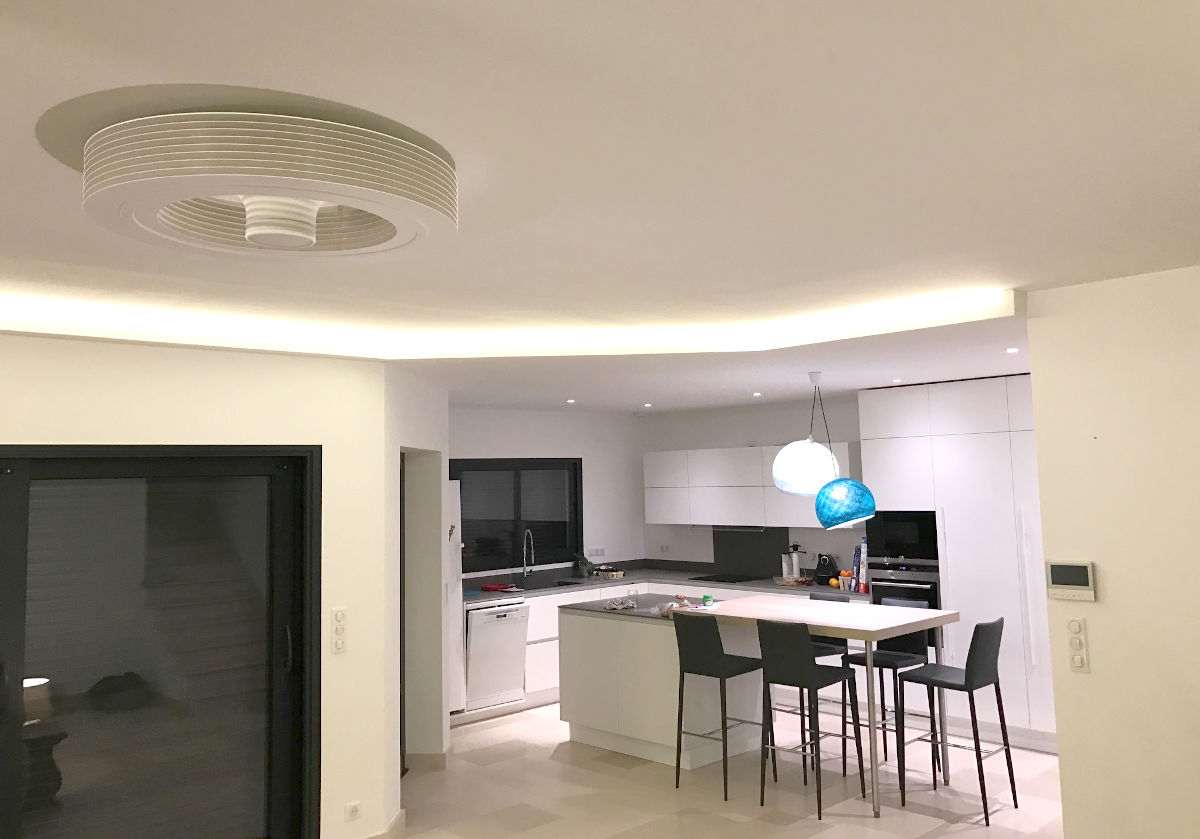
Sustainable building approaches
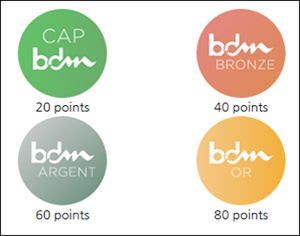
Each BD approach is autonomous; however, there is consultation between the players involved, and the BDM reference framework has served as a benchmark for most approaches.
That’s the one we’ve taken into account.
Projects are assessed on the basis of a number of points to be achieved, the gold level being 80.
The presence of ceiling fans can earn points in the following themes:
1) Territory and site theme
Adapting the building to the site and climate:
- Although the building has low inertia, it is designed to guarantee thermal comfort, particularly in summer.
- Dwellings are either walk-through, or sober compensatory measures are taken to guarantee summer comfort.
Our comment: ceiling fans play an indisputable role in summer comfort, as this article shows..
2) Energy theme
Sobriety:
- The building achieves an energy consumption level below a reference threshold.
- The feasibility of a 15 kWhep/m²/year passive building (heating and DHW) was studied from a technical and economic point of view (global cost analysis).
- The building is designed to meet passive house standards.
Our comment: the ceiling fan helps reduce energy consumption by limiting the need for air conditioning, see here.
3) Comfort and health
Satisfying thermal comfort:
- The dynamic thermal simulation justifies that 80% of the premises are below 28°C in summer for a period corresponding to the pre-requisites.
- Ceiling fans are installed to improve comfort
Our comment: the air velocity delivered by ceiling fans results in a temperature gain of between 1 and 3 degrees, which greatly improves summer thermal comfort. This point is covered in this article..
We can therefore conclude that air mixers can score points in a number of areas: climate adaptation, energy, comfort and health, and thus contribute to achieving the highest levels of Sustainable Building (Bâtiments Durables) labels.
Sustainable building (Bâtiments Durables) approaches: regional adaptations
We examined the specific versions for Monaco on the one hand, and Occitanie on the other.
The results show that for Monaco, the elements impacted by the air fans are the same as those of the BDM approach.
For the Occitanie region, only the comfort and health theme is impacted. As a result, the criterion “Ventilators are installed to improve comfort” does not appear.
Lastly, we have made contact with the Sustainable Building initiatives in Ile de France, Nouvelle-Aquitaine and Burgundy. We’ll update this article as soon as we have the relevant information.
The French market for new multi-family housing: an opportunity for air movers?
As a low-tech solution for passive cooling, air mixers are ideally suited to new multi-family housing.
What’s more, they help to meet the RE2020 degree-hour target, particularly for non-through housing.
Finally, they are fully recognized by the environmental labels applicable to this sector, adding useful points to a building’s overall ecological performance.
All these factors combine to make air heaters essential components of high environmental performance multi-family housing projects.
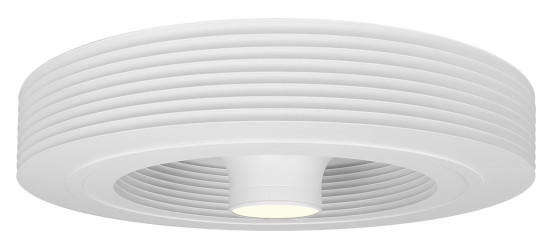
Exhale, the first bladeless vortex ceiling fan
Are you a professional? We’ve set up a special area for you.
Follow Exhale Fans Europe on Linkedin













